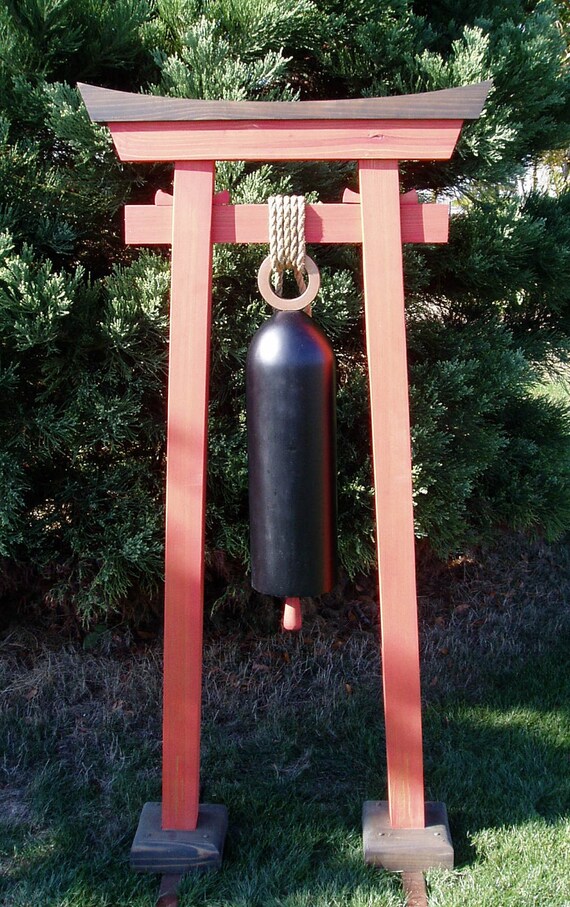Table of Content
It takes you a little more effort than the HoldAll 3-in-1 meter, but is still very simple to use, do not require any skill or prior experience, provide fast and accurate result. A set includes 4 test tubes for different value, a stand holder for these tubes, pipette eye dropper, color chart, and a pH plant preference list, which offers ideal pH level of over 450 plants. It also comes with a instruction, which will guide you to adjust your soil condition. Healthy lawns and gardens start with a scientific soil test – but you shouldn’t need an advanced degree to understand what your test means. That’s why your SoilKit results include both a detailed read-out of your soil’s composition and expert recommendations of the products and quantities needed. Many DIY-type soil testers are available for testing everything from moisture and pH to the amount and type of nutrients in the soil.
To help determine the effectiveness of individual lab tests, I also sent a soil sample to the agricultural department at Kansas State University, where they do high-end soil and plant testing. The results from Kansas State were used as a starting point for comparing the other lab tests and the at-home chemical testing kits. The kits I tested had to be accurate and relatively simple to use to earn a spot on this lineup. Test kits and equipment vary by the type of test being performed, so some are better suited to home gardeners, while others appeal to commercial and agricultural growers. It allows the user to send in a soil sample and offers professional lab results. Gardeners looking to test their soil without spending a lot of money may want to consider the Atree Soil pH Meter.
What to Consider When Choosing the Best Soil Test Kit
Testing for other nutrients may take longer, especially if the soil has to be combined with water and then allowed to settle before performing a chemical test. Light and moisture meters can often determine results in a few minutes. Retesting can be done as often as desired to get an idea of light quality during different times of the day and to see whether moisture evaporates more quickly from soil during higher outdoor temps.
It also takes the guesswork out of matching the results with its easy-to-read digital display. Everything is color-coded–N, P, and K correspond with purple, blue, and orange, respectively, while green is for pH. The lab took a little longer than I’d anticipated to get back to me, but in 11 days, I got an email directing me to log on for my results. I was impressed by the accuracy of the test results—they were right in line with the K-State results, and I also received customized recommendations for amending my soil to make it healthier. The Soil Savvy recommendations were broken down by synthetic and organic fertilizers—telling me exactly how much of each to apply per 1,000 square feet to amend the soil.
SoilKit keeps your lawn and garden healthy
We may earn revenue from the products available on this page and participate in affiliate programs. Open your image file to the full size using image processing software. First, we gather some information about your growing area such as square footage and location.
Kits with pH strips may expire in a few months, especially if they’re not kept in an airtight container. However, if they’re battery operated, they will require new batteries when the old ones run down. One thing I wish the manufacturer would have included, however, was a moisture-absorbent pack with the strips. The bottle was sealed, but once opened, the strips could have been exposed to humid air which might have reduced their shelf life. Three weeks later, however, the pH pads had all turned brownish, which I suspected was due to moist air getting in the bottle. Best of all, when the soil results from K-State came back, they were very close to the MySoil results, making me feel very comfortable with the quality of the MySoil lab results I received.
The Best Soil Test Kits Tested in 2022
Both seemed accurate based on my historical knowledge of my soil and the amendments I’ve made. For professional results, check out the MySoil Test Kit, which allows gardeners to gather soil samples and have them professionally tested. The MySoil kit offers an in-depth analysis, revealing the amounts of micronutrients, NPK, and macronutrients in the tested soil. Testing kits and instruments commonly help pinpoint soil characteristics.

I collected a soil sample, filled one of the four test tubes, and then added filtered water to the tube. I shook the soil and water solution and then inserted a color-coded capsule in the vial and shook again. Once the contents were well mixed, I inserted the vial into the hole at the top of the digital reader and pressed the button corresponding to the test I was conducting.
Whitetail Institute Laboratory Soil Test Kit
It also features two-point calibration for ensuring accurate pH readings, but the calibration solution is not included. Many gardeners and home landscapers buy fertilizer and soil amendment products that promise to produce robust plant growth, improve soil structure, or result in abundant blooms. Still, unless the products provide what the soil lacks, the results may not be what the gardener expected. In some cases—such as adding fertilizer to nutrient-dense soil—plants may even suffer from fertilizer burn. Soil testing takes the guesswork out of gardening and landscaping, and that’s why I tested the top soil test products on the market today. If you are a grower and you love gardening, you will know about the importance of fertilizing your plants in order for them to grow healthy and robust.
Choosing the most accurate test or tester can prove challenging, but look for features such as large, easy-to-read gauges on analog testers and probes that are solidly attached. Chemical kits should offer multiple testing processes for double-checking results, and pH test strips will be most accurate before their expiration date. No matter the individual test kit, gardeners can help avoid mistakes by performing multiple tests in different spots. Soil test kits vary in accuracy, with professional lab tests ranking as the most accurate. For example, plants in the legume family, such as soybeans or clover, can add nitrogen to the soil. Testing garden soil is the best way to determine what it needs—if anything—and how much.
The pH was close to what I’d gotten in other tests, but this seemed to be the most accurate of all the tests. The temperature reading was also handy, and it would be vital for hydroponic growers or commercial growers who needed to maintain a specific growing temperature. For testing, I once again used the same soil I’d gathered from various spots, blended well, and sent the sample to Whitetail.

Of the three mail-in soil kits I tested, Whitetail offered the highest level of customization. When I filled out the form, they asked what I planned to grow in the soil. I chose alfalfa as the crop I wanted to grow, and Whitetail sent specific instructions for amending the soil to make it suitable for growing alfalfa. And, the booklet also offered suggestions on how to amend the soil to raise or lower specific nutrient levels. In addition, an included booklet had suggestions for amending soil and a list of soil preferences for more than 450 plants.
The total amount of each nutrient you need depends on your soil deficiencies and the size of your growing area. I tested the Atree meter by inserting it in various spots in my flower garden. Over the years, I’ve added amendments, such as sulfur, to specific areas where acid-loving plants are growing, and I was curious whether this simple tester would pick up on that. It did—the soil around my hydrangeas, which I’ve amended heavily, tested at 6 on the pH scale, while the soil around my daisies registered at 6.8.
Then I sent my soil sample to MySoil as well as an additional soil sample to Kansas State University’s agricultural department so I would have a quality comparison. A quality soil test kit will reveal the health of the soil, but are some kits better than others? I tested the most popular kits available to see if they provided quality results—find out which ones fared the best in my hands-on testing. Fast free shipping to get the kit to you and mail in your soil sample to our lab, giving you results and soil balancing instructions right from the comfort of your home in about a week.
Also, find out the pros and cons of each product that I discovered during my hands-on tests. The best think you can do is know what kind of soil you are dealing with. I collected the soil as instructed – it is an extremely simple process – and mailed it on the pre-paid envelope. In less than 2 weeks, I had my results online and printable, along with recommendations for amendments.


















